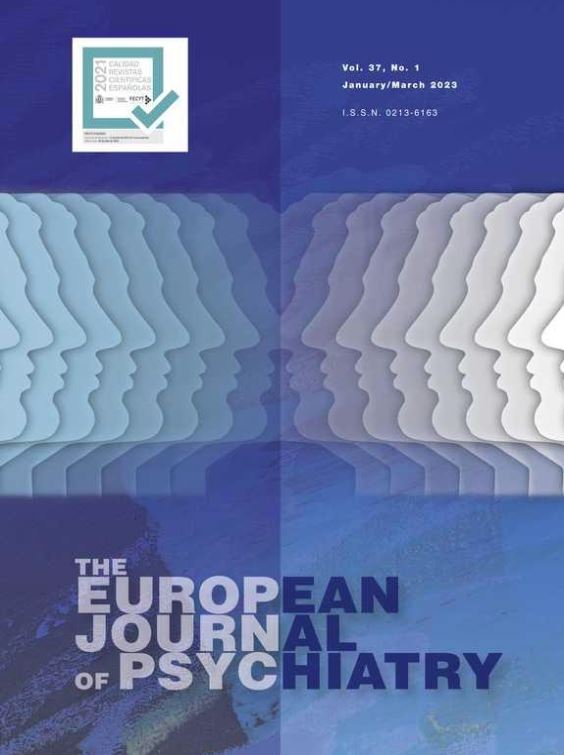Schizophrenia is a chronic and severe mental illness, affecting a large number of general populations. It was well documented that metabolic dysregulation is associated with schizophrenia. In order to define reliable peripheral biomarkers for schizophrenia in patients with specific age, sex, and locations, plasma metabolic profiling of elderly female schizophrenic patients in rural regions was investigated in this study.
MethodsA total of 20 female schizophrenic patients (average age: 68.65 ± 4.11) and 20 matched healthy controls were recruited. An untargeted metabolomics analysis was performed with their plasma samples of the participants. Differentially-expressed metabolites (DEMs) were identified, followed by a pathway enrichment analysis to reveal related signalling pathways. Then, machine learning analyses, including random forest (RF) and support vector machines-recursive feature elimination (SVM-RFE), were implemented to determine signature metabolite(s).
ResultsA total number of 2764 metabolites were identified, among which 61 DEMs were identified, including 38 down-regulated and 23 up-regulated metabolites. The enrichment analysis showed that glycerophospholipid metabolism and sphingolipid signalling pathway were the most significantly affected pathways. The ROC analysis indicated that metabolites belonging to the class of fatty acyls have higher power to discriminate schizophrenia. Finally, a linoleic acid derivative (Dg(16:0/18:2(9z,12z)/0:0)[Iso2]) was revealed as signature metabolite by the RF and SVM-RFE machine learning analyses.
ConclusionThe present study investigated the plasma metabolic profiling of elderly female patients with schizophrenia and identified a peripheral linoleic acid derivative that might help discriminate schizophrenia and develop specific treatment strategies for elderly female patients in rural regions.













